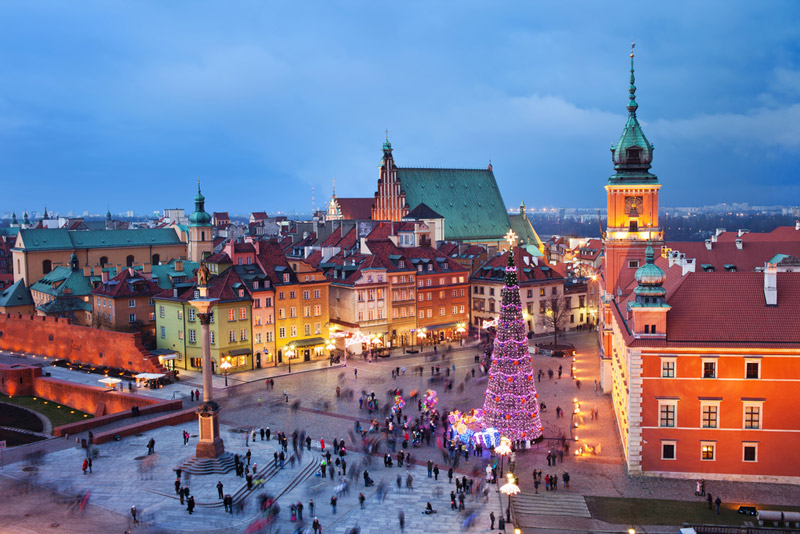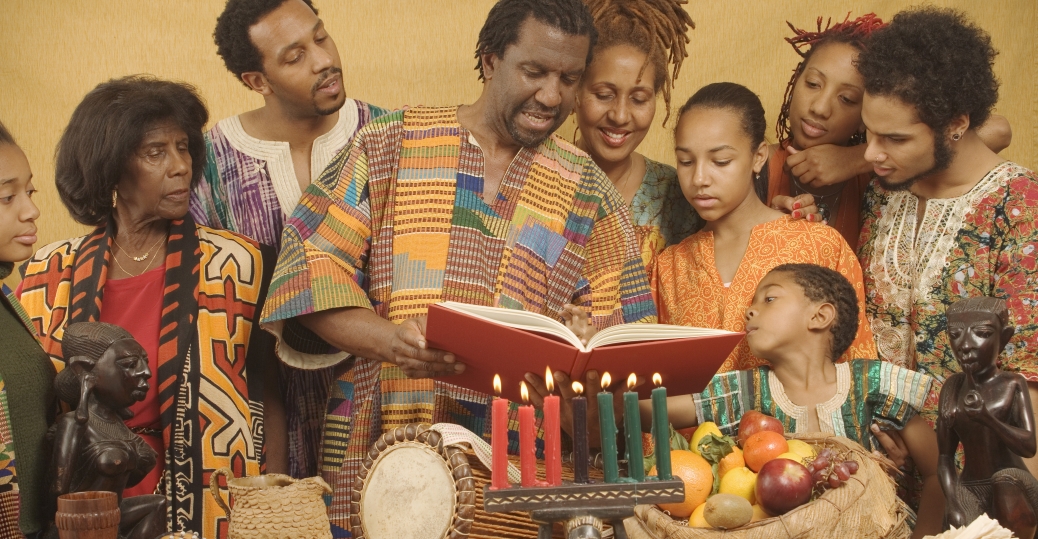For many people, the month of December is time for celebration, with a plethora of different holidays falling within the fleeting thirty-one days. But most people who celebrate a holiday during December don’t know very much about other winter holidays. In no particular order, here’s a handy guide to some of the many winter holidays that people celebrate.
Christmas
We can’t mention winter holidays without mentioning Christmas. Christmas occurs on the 25th of December every year, and is celebrated by most sectors of Christianity, as it’s a celebration of the day of Jesus’s birth. However, during the early days of Christianity, Christmas wasn’t widely celebrated, as the actual day of Jesus’s birth was disputed, and some were opposed to celebrating the holiday at all. Eventually Christmas was added to the Christian calendar as a feast day.
Today Christmas is widely regarded as one of principal, if not the biggest, commercial holidays of the year, especially considering the gift-giving nature of the holiday. Modern Christmas has drifted away from its Christian feast roots, adopting some pagan rituals and customs over the course several hundred years. Regardless, it wasn’t until about two hundred years ago that Christmas began to resemble the holiday we celebrate today.
Hanukkah
Hanukkah, otherwise known as “the festival of lights”, is a Jewish holiday that begins on the 25th day of the Jewish calendar during the month Kislev, and lasts for eight days and nights. This year (2014) Hanukkah begins December 16th. Simply put, Hanukkah is a celebration of the triumphs of ancient Jewish heroes and the supply of oil within the Temple, which allowed the candles to burn for eight days and nights.
Hanukkah has many important traditions that go along with it, but the most important of all is probably the lighting of the Menorah. A menorah is a candle stand with nine candles, with the center candle being called the Shamash, and is used to light the eight other candles every night of Hanukkah. Other traditions of Hanukkah include the Dreidel game, as well as celebrating the holiday with traditional foods (most prominently, latkes).
Kwanzaa
When compared to other holidays, Kwanzaa is a very new holiday. The first celebration of Kwanzaa went from December 26th, 1966 to January 1st, 1967. Kwanzaa is not considered a religious holiday, and the celebration of Kwanzaa is not supposed to interfere with the celebration of other holidays. Kwanzaa is an African-American celebration of African culture started by Dr. Maulana Karenga, and is based on African harvest festivals that have occurred for thousands of years.
Kwanzaa is based off of seven different principals, with each principal celebrated on a different day of Kwanzaa. These principals are umoja (unity), kujichagulia (self-determination), ujima (collective work and responsibility), ujamaa (cooperative economics), nia (a sense of purpose), kuumba (creativity), and imani (faith). Along with these seven principals there are also seven symbols of Kwanzaa, again with one for each day.
Those are just a few of the holidays celebrated around the world. There’s also Diwali, the Hindu New Year that lasts from 3-5 days during October or November. Santa Lucia Day, an ancient Swedish festival. Epiphany, a Christian feast day that occurs January 6th. And, of course, Kurisumasu ni wa Kentakki!, a Japanese variation on Christmas that literally translates to “Christmas is Kentucky!”, created as a marketing ploy by KFC and that states a traditional Christmas dinner is a bucket of fried chicken. All of these are only a fraction of the holidays celebrated around the world during the winter.
For more information on any of the holidays that I’ve just talked about, or want to learn more about other holidays, visit the websites below:
http://www.infoplease.com/spot/winterholidays1.html
http://www.mnn.com/family/family-activities/blogs/multicultural-winter-holiday-celebrations
http://www.qraved.com/journal/food-for-fun/unique-christmas-celebration-around-world/



